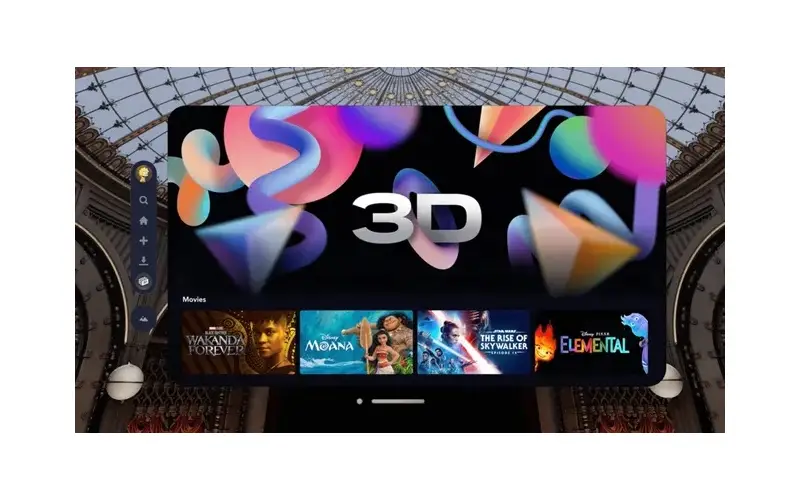By CE Critic - Buy Better Tech
Table of Contents
- Introduction
- Evolution of 3D: From Cinemas to TVs
- Why Did 3D TVs Fail?
- Can VR Succeed Where 3D TVs Failed?
- VR's Advantages in 3D Content
- Will the 3D Trend Survive?
Introduction
The introduction of stereoscopic 3D titles on the IMAX streaming app for Apple Vision Pro marks a potential resurgence of 3D content in the home entertainment space. This news, coupled with existing 3D offerings on Apple TV and Disney Plus and the ability to record spatial videos on the device, suggests VR headsets might finally realize the promise of an immersive 3D home theater experience—a promise that 3D TVs failed to deliver.
Evolution of 3D: From Cinemas to TVs
The success of the 2009 film "Avatar" sparked a craze for 3D cinema technology. Manufacturers quickly followed suit, introducing 3D-capable TVs to the market. This trend peaked between 2010 and 2012 but eventually fizzled out, paving the way for a new darling in home entertainment: 4K resolution.
Why Did 3D TVs Fail?
Several factors contributed to the downfall of 3D TVs:
- Limited Content: Compared to the steadily growing library of 4K content, the selection of 3D titles remained sparse for home viewing.
- Sacrificing Quality: Early consumers often faced a trade-off between lower resolution and 3D effects, diminishing the appeal.
- Eye Strain and Glasses: The need for specialized (and sometimes uncomfortable) 3D glasses created an additional barrier to adoption.
- Emergence of 4K: 4K resolution swiftly became the priority for manufacturers and consumers due to its more noticeable impact on picture quality and wider content availability.
Can VR Succeed Where 3D TVs Failed?
VR headsets possess a few inherent advantages that could help them avoid the missteps of 3D TVs:
- Increasing Content Availability: Services like Apple TV and Disney Plus actively curate a broader range of 3D movies on VR platforms, making the experience more appealing for users.
- Technological Advancements: New-generation VR headsets sport 4K resolution, eliminating the compromise between the 3D effect and visual fidelity. They also support high frame rates, making the experience more comfortable.
- Multi-Functionality: Unlike 3D TVs, which were primarily one-trick ponies, modern VR headsets offer a range of experiences—gaming, fitness, and immersive media consumption—adding value beyond 3D.
VR's Advantages in 3D Content
VR's unique features give it an edge in delivering compelling 3D viewing experiences:
- Customizable Screen: The virtual displays inside headsets eliminate screen size constraints, allowing for a truly cinematic experience tailored to the user's preference.
- Individualized 3D: Each eye sees a dedicated image, optimizing the stereoscopic 3D effect.
- Content Accessibility: Platforms like Disney+ and Apple TV provide expanding libraries of 3D titles on demand.
Will the 3D Trend Survive?
Though the current signs point towards a possible 3D resurgence through VR, its long-term success remains uncertain. Like the initial 3D TV phase, the interest could taper off if content availability and technological improvements cannot keep up with user expectations. Collaborations like that between LG and Meta, aimed at bringing more TV content to VR platforms, could prove crucial to ensuring the trend's continued success.





